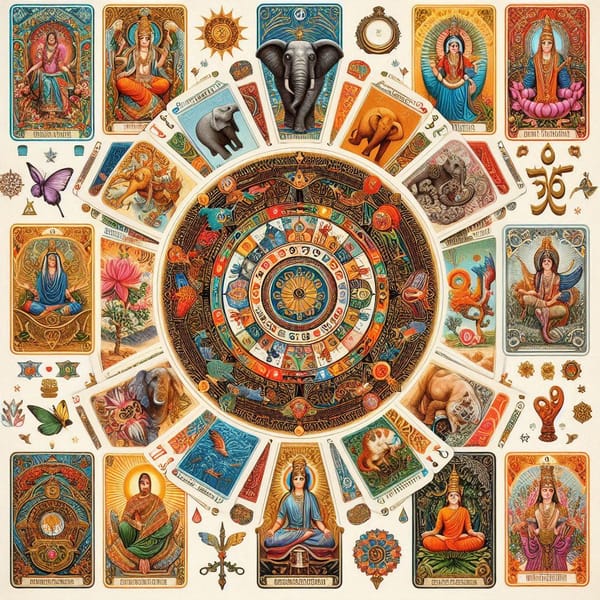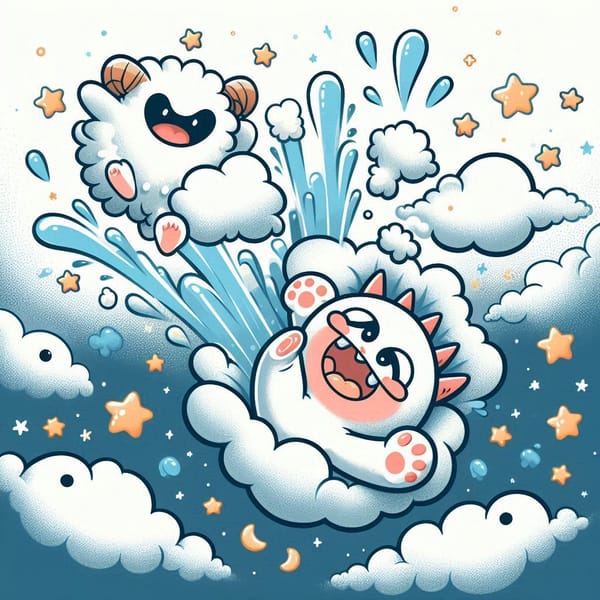Different Types of Chikitsa in Ayurveda
Ayurvedic Chikitsa represents the ancient wisdom of healing through purification, pacification, rejuvenation, and spiritual balance, Chikitsa remains a timeless path to true health. #Ayurveda #HolisticHealing #AncientWisdom #MindBodyBalance #SpiritualTherapy #OccultSanctum

Ayurveda, the ancient science of life, offers a holistic approach to healing by addressing not only the body but also the mind and spirit. The term "Chikitsa" in Sanskrit means treatment or therapy, and it forms the core of Ayurvedic practice. Ayurveda classifies Chikitsa into various types based on the nature of disease, the strength of the patient, the goals of healing, and the type of intervention required.
Below are the major types of Chikitsa in Ayurveda:
Shodhana Chikitsa (Purificatory Therapy)
This is the detoxification or cleansing therapy, aimed at eliminating accumulated toxins (ama) from the body. It includes the famous Panchakarma procedures:
- Vamana – Therapeutic emesis (vomiting) to eliminate toxins from the stomach.
- Virechana – Therapeutic purgation to cleanse the intestines.
- Basti – Medicated enemas to detoxify the colon.
- Nasya – Nasal therapy for head-related disorders.
- Raktamokshana – Bloodletting for treating blood-borne diseases.
Purpose: To restore balance in doshas (Vata, Pitta, Kapha), clear srotas (body channels), and rejuvenate body and mind.
Shamana Chikitsa (Palliative Therapy)
This therapy is used when purification is not possible or required. It involves pacifying the aggravated doshas using internal medications, diet, and lifestyle changes.
- Involves herbal formulations, decoctions, powders, ghee, oils, etc.
- Often combined with fasting, light diets, and rest.
Purpose: To manage chronic conditions or mild imbalances without intensive cleansing.
Rasayana Chikitsa (Rejuvenation Therapy)
Rasayana therapy promotes longevity, vitality, mental clarity, and immunity. It is often undertaken after detoxification for maximum effect.
- Uses Rasayana herbs like Ashwagandha, Amalaki, Guduchi, etc.
- Emphasizes rejuvenating food, lifestyle, yoga, and meditation.
Purpose: To nourish all tissues (dhatus), prevent aging, and enhance ojas (vital essence).
Vajikarana Chikitsa (Aphrodisiac Therapy)
This therapy focuses on enhancing reproductive health and sexual vitality in both men and women.
- Uses special diets, tonics, and herbal aphrodisiacs.
- Strengthens shukra dhatu (reproductive tissue).
Purpose: To support fertility, healthy progeny, and balanced sexual function.
Daivavyapashraya Chikitsa (Spiritual Therapy)
This is the divine or spiritual healing aspect of Ayurveda, addressing diseases believed to have karmic or supernatural origins.
- Includes chanting of mantras, wearing sacred herbs or gems, rituals, and prayers.
- Often used for mental and emotional disorders.
Purpose: To invoke divine grace, remove karmic blocks, and restore mental harmony.
Yuktivyapashraya Chikitsa (Logical/Scientific Therapy)
This is the most commonly practiced form, involving logical planning of treatment based on dosha, dhatu, mala, agni, etc.
- Includes medications, diet, lifestyle, and regimen planning.
- Also uses modern logical analysis of disease pathology and individual constitution.
Purpose: To treat based on cause, stage, and nature of the disease using sound reasoning.
Satvavajaya Chikitsa (Psychotherapy)
Satvavajaya means “to win over the mind.” It refers to Ayurvedic psychotherapy, often used in treating psychological disorders.
- Includes counseling, meditation, mantra therapy, behavioral modifications.
- Aims at controlling emotions like fear, anger, grief, and anxiety.
Purpose: Mental strength enhancement, emotional balance, and mind-body harmony.
Conclusion
Ayurveda’s diversity in treatment strategies reflects its deep understanding of human nature and disease. Whether through purification (Shodhana), palliation (Shamana), or rejuvenation (Rasayana), Ayurvedic Chikitsa always aims to restore balance and harmony within the individual. Incorporating both spiritual and rational approaches, it provides a truly holistic system of healing, tailored to the individual’s unique constitution (Prakriti) and current imbalances (Vikriti).
Would you like this article formatted for your website or want me to turn it into a PDF for printing or sharing?



